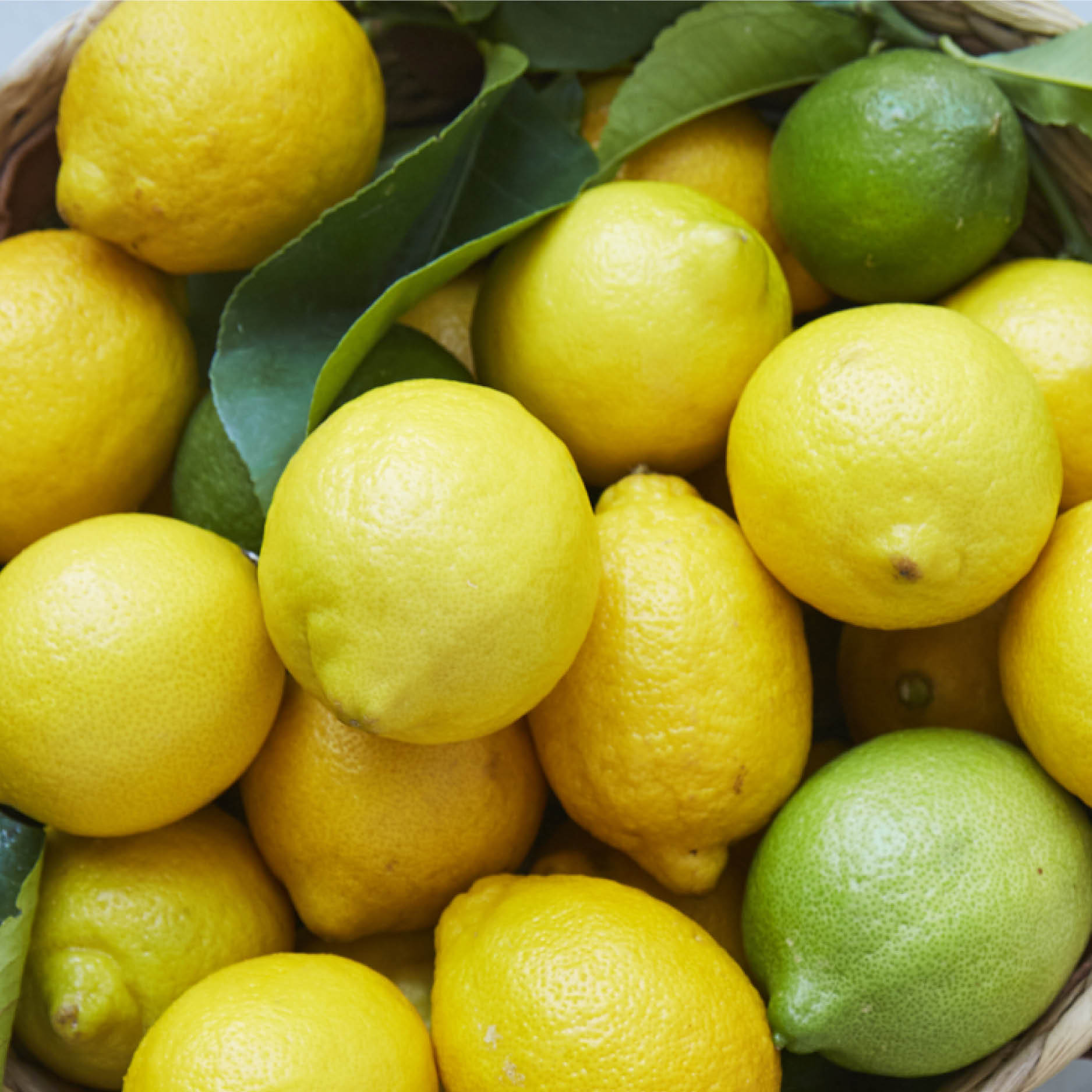Potting lemons and limes
2018-07-05T05:00:41+10:00
Annette McFarlane reveals the secrets to potting success for heritage lemons and limes.
Lemons and limes are not only among the most popular fruits, they also look great in the garden if kept in good health.
For those with small backyards or courtyards, or people who just want a productive plant near the living area, potting citrus is a great idea. A simple, good-sized pot growing lemons or limes can look terrific and be handy for harvesting when preparing meals and drinks. Here are the key points to ensure a great result.
Pot size
The minimum pot size required to grow a citrus tree is a 100-litre container. This will hold a mature, naturally dwarf selection such as a ‘Meyer’ lemon or any cultivars of lemons or limes grafted onto a dwarfing rootstock like ‘Flying Dragon’. For a lemon or lime grafted onto a standard rootstock, choose a 200L container. Using too small a pot is a very common error.
Perfect drainage
You need more than the one hole in a container base to ensure perfect drainage, so drill extra holes in the sides (these are less likely to become blocked). Also, use a 10–15cm layer of 20mm gravel in the base. For terracotta and ceramic pots, place masking tape over the area to be drilled and use a masonry or ceramic drill bit. If you don’t want to drill them, then elevate on pot feet or bricks.
Water
The drainage holes are critical in avoiding overwatering and allowing water to escape easily even after days of rain. Choosing larger containers, as advised, means they need less frequent watering. Water daily or every other day in summer and autumn, and twice weekly in winter and spring.
Getting the right mix
Do not use normal garden soil or potting mix to fill your container. Ask your landscape supplier to make you a mix of two-thirds landscape soil and one-third coarse washed river sand. Mix this with home-made or bought compost, plus rock dust and organic fertiliser. The sand provides drainage, but also reduces shrinkage of the mix.
It makes the mix heavier so that your pots are less likely to blow over once your trees grow to full size.
Fertilise for fruit
For good fruiting, you need to feed trees with a small amount of dry or pelleted organic fertiliser every six to eight weeks during the growing season (usually spring, summer and autumn). Supplement this with liquid fertiliser (weed, compost tea, worm juice or fish fertiliser) plus liquid seaweed whenever your trees need a boost (such as when carrying a heavy fruit load). To make weed tea, gather a pile of weeds, immerse in a large garbage can of water for two weeks with the lid on. Then strain.
DID YOU KNOW?
GRAFTING TAHITIAN LIMES ONTO PONCIRUS TRIFOLIATA ROOTSTOCK CREATES A SMALLER TREE THAT IS MORE EASILY ACCOMMODATED IN CONTAINERS. TREES ALSO BEAR FRUIT IN LATE SUMMER AND AUTUMN.
For more infromation on heritage lemons and lime cultivars, grab your copy of Organic Gardener Essential Guide: Heirlooms OUT NOW!







